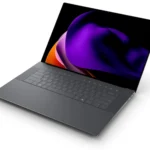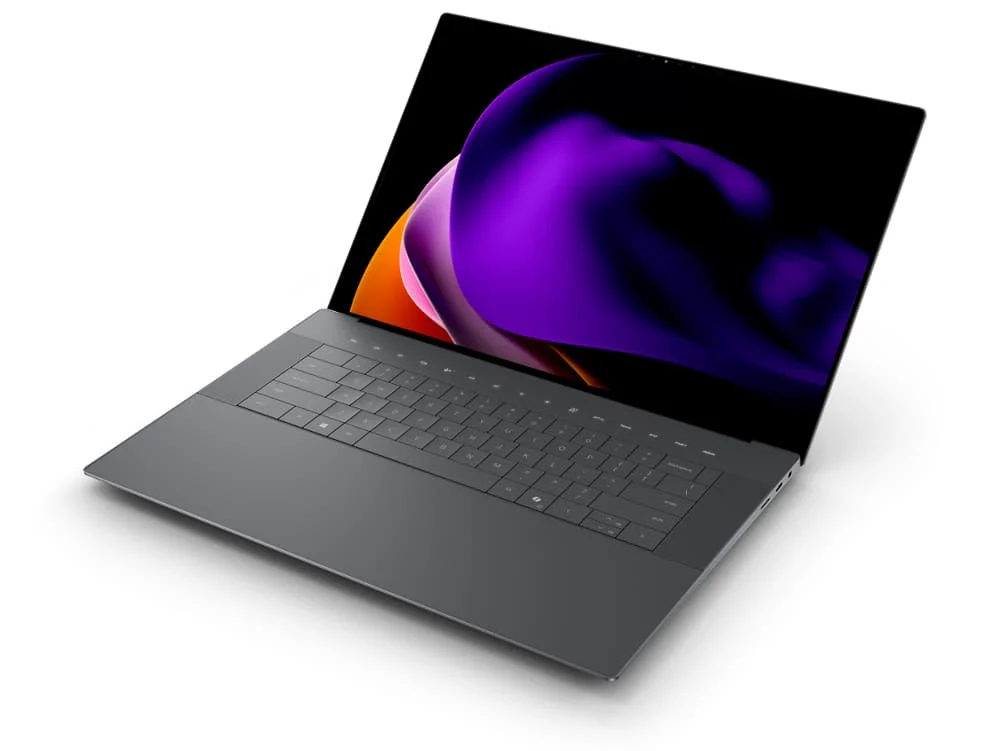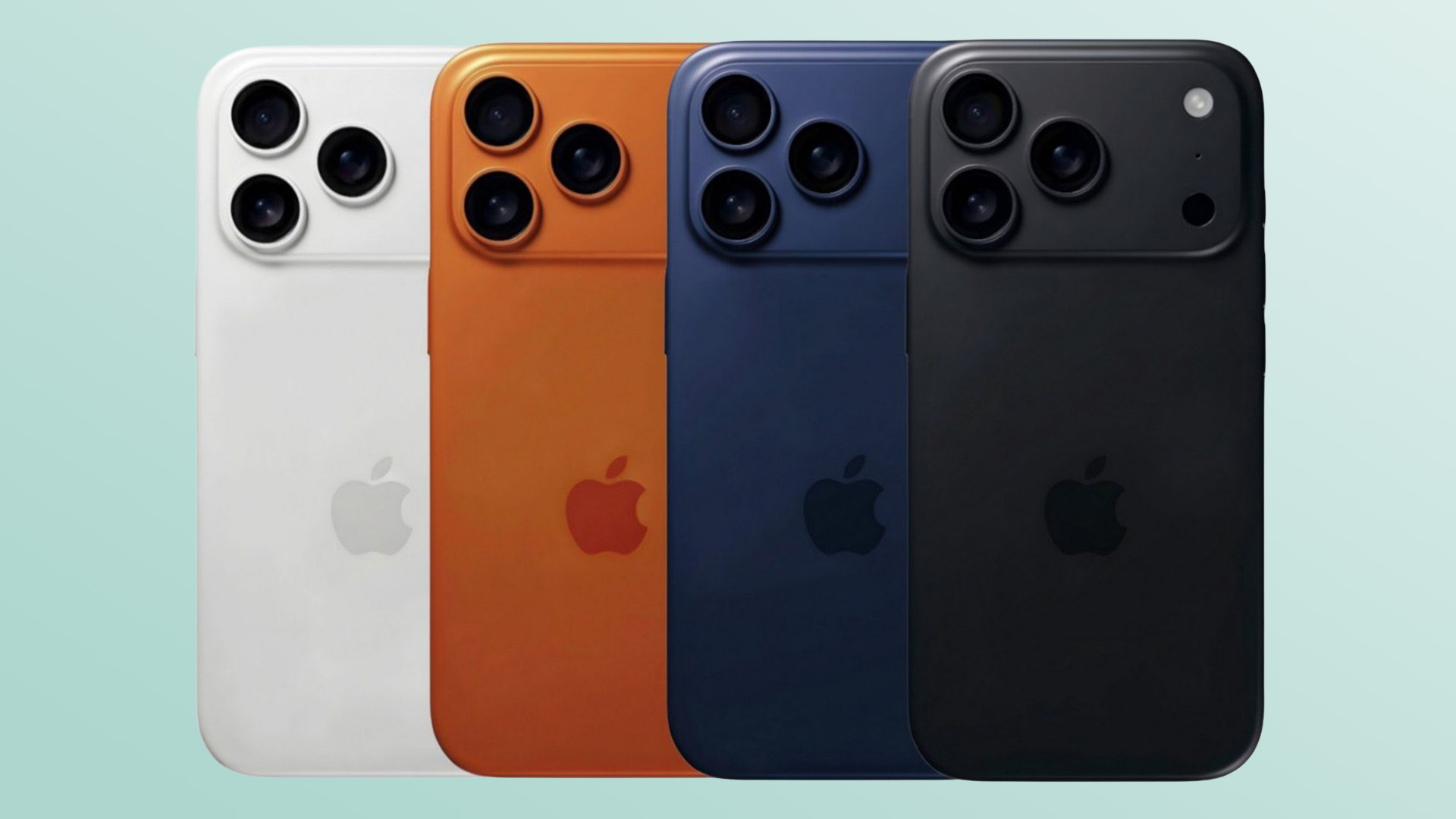Robotics industry is growing rapidly, and a major Chinese robotics company, Unitree Robotics, has created waves with its latest Humanoid Robot, R1. The price of only $ 5,566 (39,900 yuan), R1 is a significant jump in strength and functionality compared to its predecessor, G1. In this blog, we’ll explore the key features and specifications, and see how it stacks up against competitors like Boston Dynamics’ Atlas and Tesla’s Optimus.
Unitree R1: Key Features & Specs
1. Affordable & Lightweight Design
The R1 weighs 25 kg, making it lighter than the 35-kg G1, and comes at a fraction of the cost—less than half the G1’s original price of $16,000. This aggressive pricing makes it one of the most cost-effective humanoid robots on the market.
2. Advanced AI
The R1 integrates a multimodal large language model (LLM), combining speech and image recognition for better human-robot interaction. This AI-driven approach allows it to learn from its environment, similar to Tesla’s Optimus, but at a much lower price point.
Also read this Baseus Bass BP1 Pro Review: Premium ANC Earbuds at a Budget Price
3. High Mobility & Dexterity
While full specs aren’t detailed yet, the R1 is expected to inherit some of the G1’s agility, such as:
- 23-43 joint motors for flexible movement.
- Force-controlled dexterous hands for precise object manipulation.
- Reinforcement learning for adaptive behavior.
How Does the Unitree R1 Compare to Other Humanoid Robots?
1. Unitree R1 vs. Tesla Optimus
- Price: The R1 comes at a much lower cost compared to Tesla’s Optimus, which is anticipated to be priced in the tens of thousands.
- AI Capabilities: Both use AI learning models, but Tesla’s Optimus may have deeper integration with autonomous systems.
- Mobility: The R1’s lightweight design may offer better energy efficiency, while Optimus is built for industrial applications.
2. Unitree R1 vs. Boston Dynamics Atlas
- Cost: Atlas is a premium research robot with a price tag in the hundreds of thousands, whereas the R1 is designed to be affordable and consumer-friendly.
- Strength & Agility: Atlas excels in dynamic movements (backflips, parkour), whereas the R1 focuses on practical, everyday tasks.
- AI: Atlas relies on pre-programmed motions, while the R1 uses adaptive AI learning.
3. Unitree R1 vs. Unitree G1
- The R1 is lighter (25 kg vs. 35 kg) and cheaper ($5.5K vs. $16K).
- The G1 has optional upgrades (like a three-fingered dexterous hand), but the R1’s AI improvements may make it more versatile .
Applications of the Unitree R1
- Home Assistance: Lightweight and affordable, it could help with chores.
- Logistics: Carrying lightweight packages in warehouses.
- Education & Research: A low-cost platform for AI and robotics experiments.
The Unitree R1 humanoid robot is a game-changer, featuring advanced AI, powerful performance, and practical mobility. Although it cannot match the raw power of the atlas or the industrial focus of optimus, its value-demonstration ratio makes it a strong contender in consumer and research markets.
Keywords:
- Unitree R1
- Humanoid robot
- Tesla Optimus
- Boston Dynamics Atlas
- Unitree Robotics
- Where to buy Unitree R1
- Unitree R1 review
- Unitree R1 AI capabilities
- Unitree R1 real-world applications
- Humanoid robot for research











